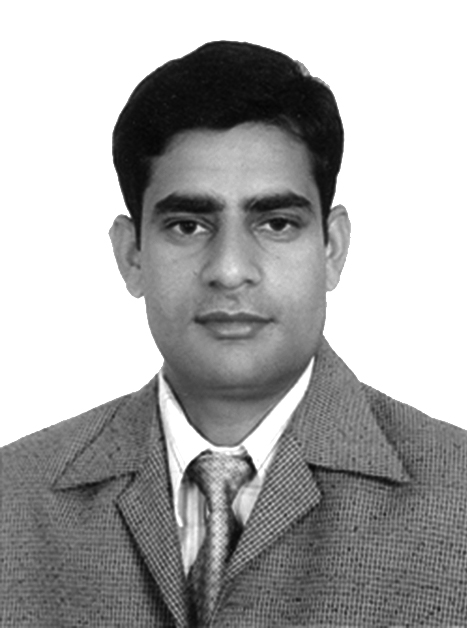Opinion
Inclusive education
Disabled students should be equipped with basic academic and adequate life skills
Umesh Raj Regmi
Inclusion in education brings children with and without disabilities under the same umbrella of education. All students, irrespective of their strengths and weaknesses in any area, need to be part of a community. The inclusion model benefits both students with special needs and normal students in the classroom. Inclusive education should not be confused with special school programmes. Special schools focus on difficult groups such as students with multiple disabilities, severe retardation, cerebral palsy and muscular dystrophy while inclusive education deals with the special needs of disabled and non-disabled students in the same scene and setting.
Much needed reform
Inclusive education and special school concepts should be taken as being complementary to each other. Inclusiveness in education means equipping children with disabilities with basic academic and adequate life skills in a free, fair and caring environment. Disabled students may have unique potential which can blossom if they are provided educational opportunities in an unbiased context. The concept sees all students as being equal, but the curriculum, pedagogy, teaching materials and technologies need to be disabled-friendly. Inclusive education elevates child-to-child learning and the participation of parents and the community in planning and executing services for children in general and disabled children in particular.
The Ministry of Education has recently passed an Inclusive Education Policy which should be a great help for disabled students of all levels. As per National Census 2012, 1.94 percent of the total population has some sort of disability. The figure might have increased since then. Disabled people face social discrimination and are deprived of educational and other opportunities. Although the constitution guarantees the rights of the disabled, they have not been fully covered by mainstream education. There are 380 resource classes for blind, deaf and mentally retarded students. Similarly, 32 special and 22 unified schools are in operation. As per the latest record of the Department of Education, around 75,000 students with different disabilities are studying in special, unified and regular schools. This data excludes university-level disabled students as there is an almost inclusive education system in universities in Nepal.
Education in the Braille script and sign language and counselling are becoming better these days. Disabled students are given extra time of one and a half hours to write their answers during exams. Disabled people have been categorised into four groups, and disability identity cards are issued correspondingly. The Ministry of Women, Children and Social Welfare has been conducting awareness, empowerment and rehabilitation programmes for the disabled.
Hurdles ahead
Inclusive and quality education for students with disabilities is still a challenge. Different facilities and opportunities have been identified for the education of disabled students at the policy level, but the implementation part is questionable. Families, communities and schools have not realised their responsibility to provide educational support to disabled children. The school enrolment rate of disabled children is comparatively low, and there is also a high drop-out rate. Research shows that the learning achievement of deaf children is again very low.
There is also the issue of an inflexible education system for students with mental disabilities. The existing examination and evaluation system for them seems to be improper. Teachers are not well trained to create an inclusive environment in the classroom. Likewise, lack of disabled-friendly school infrastructure and hostels and the great distance to school and college are pressing problems for an inclusive education. Disabled children face bullying at school and disrespect in the community. Supplementary materials for disabled students are not easily available in the market. Like inclusive education and social adjustment, making disabled people independent and capable of earning a decent living is equally important.
The outcome of an inclusive education policy hinges on its implementation and the government’s readiness to make it possible at all levels of education. Before making education inclusive, access to education for people with varied disabilities needs to be assured.
The education being provided to disabled students should be need-based, vocational and marketable. Conducting a functional assessment is recommended while enrolling disabled students in school. Free educational opportunities need to be available for disabled students in accordance with capability and eligibility. For overall development of disabled people, academic institutions have to be made peaceful, disabled-friendly and learning-centred. Along with inclusiveness in education, the curriculum and textbooks must be suitable to the specific needs of students with different disabilities.
A ‘green skills’ approach according to the type of disability is a good method to educate disabled students to prepare them for an independent life. Human resource development, mass awareness, teachers’ skill enhancement and supervisory mechanism are highly preferred to ensure inclusive education and culture in educational institutions. The development of a positive attitude among disabled people about their abilities is a must. It would be better to call disabled people uniquely able and provide them a friendly social environment. Corporate social responsibility has to be institutionalised for the welfare of disabled people.
Regmi is associated with the Nepal Youth Foundation




 16.06°C Kathmandu
16.06°C Kathmandu











